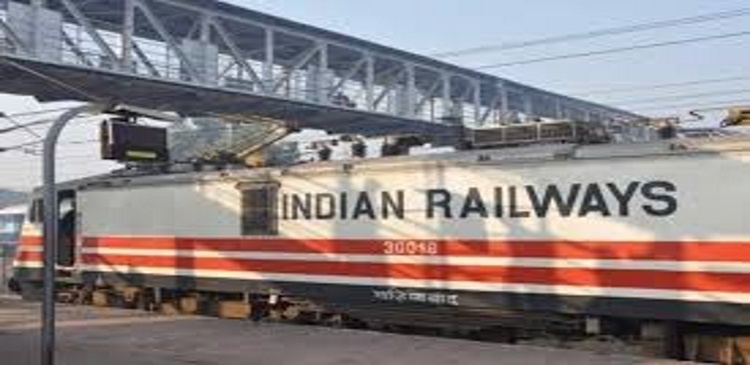
The Indian Railways is working on a plan to allow private freight terminals (PFTs) on railway land adjacent to stations with a view to utilising vacant land parcels better, increase public-private-partnership (PPP) investments and boost freight revenue. “There are chunks of land available around stations especially in areas which are mineral-rich and where loading is high. These are sparsely populated areas as well. We are seeking to permit private freight sidings on land adjacent to the railway stations,” said a railway ministry official. Commercial viability of private terminals is more near cement companies, ports and power plants which consume coal. At present, private freight terminals are built by private investors on private land and connectivity is given by the railways to the operators on lease basis. “These terminals are mostly 2-3 km away from stations and therefore huge capital is required to build warehouses, yard and railway lines which many small players are not able to do,” the official added.
The transporter reckons that PFTs on railway land would help reduce encroachment of its land apart from increasing earnings through licensing fee. According to the official, railway minister Piyush Goyal has already given his approval for the scheme under which captive warehouses will be built by investors on land adjacent to stations and railways will earn lease rentals. The transporter will also charge for the railway lines leading up to the warehouses. On average, a rake of freight earns the railways around Es 50 lakh. Sources said since commercial use of land will require Cabinet approval, Goyal has asked to consider a policy to involve Rail Land Development Authority (RLDA) in the process. “RLDA will look at the availability of land and give clearance,” said the official, adding that applicants will apply at the zonal level post which a feasibility report will be made with projections of traffic before a final approval.
The government is also trying to make station redevelopment more attractive to investors by introducing single-stage bidding, 99-year lease and inclusion of residential mix in projects. The railways has around 11.4 lakh acres of land of which 1.17 lakh acres are deemed surplus. However, since most of this surplus land is in linear stretches, the scope for commercial development of vacant land is much less than what the land areas suggest. PPP investments in the railway sector has been low, even though for the last few years, the government has tried to promote private investments in peripheral areas. While expert panels had suggested allowing private train operators (by paying rentals to IR for track access), the government hasn’t acted on such proposals
